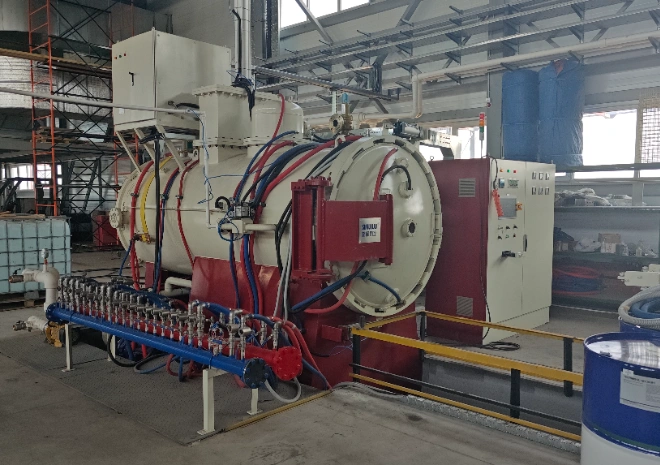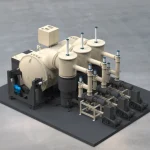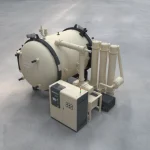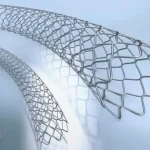How Does a Vacuum Furnace Achieve Oxygen-Free Heating?
1.Introduction:
In heat treatment, oxidation and decarburization can directly affect the surface quality and mechanical properties of components. A vacuum furnace creates an almost oxygen-free environment, ensuring clean and stable heat treatment processes.

2.The Impact of Oxidation in Heat Treatment
Oxidation layers and decarburization zones reduce strength, precision, and service life of parts, while increasing post-processing costs.
3.How a Vacuum Furnace Achieves Oxygen-Free Heating
Vacuum pumping reduces furnace pressure and oxygen content.
Protective gases such as argon or nitrogen can be introduced if needed.
Sealing and insulation design maintains a stable low-oxygen atmosphere.
4.Key Advantages
No oxidation or decarburization
Bright surface finish and high dimensional accuracy
Reduced post-treatment processes
Eco-friendly and compliant with clean manufacturing requirements
5.Why Not All Processes Use Vacuum Furnaces
Higher equipment investment
Some materials and processes are not suitable for vacuum conditions
Higher operating and maintenance costs
6.Vacuum Furnace vs. Conventional Furnace
Conventional furnace: prone to oxidation and decarburization, requiring additional cleaning.
Vacuum furnace: delivers clean surfaces with minimal dimensional changes.
7.Application Scenarios
Aerospace components
Medical devices
Precision molds and cutting tools
Powder metallurgy products
8.Advantages and Disadvantages
Advantages: Clean surface, stable properties, eco-friendly process
Disadvantages: High equipment cost, higher energy use, requires skilled operation
9.Summary
Vacuum furnaces provide a reliable solution for oxygen-free heating. They are especially valuable in industries requiring superior surface quality and performance consistency.

10.FAQ
Q1: How does a vacuum furnace prevent metal oxidation?
A1: By vacuum pumping and using protective gases, oxygen is almost completely eliminated inside the chamber.
Q2: What is the main difference between a vacuum furnace and a conventional heat treatment furnace?
A2: Vacuum furnaces maintain a bright, oxidation-free surface, while conventional furnaces produce oxide scales and decarburization.
Q3: Is a vacuum furnace suitable for all materials?
A3: Not entirely. Some low-melting alloys and special processes still require other furnace types.
Q4: Does a vacuum furnace consume more energy?
A4: Yes, but reduced post-processing and fewer defects often balance out the overall cost.
Q5: What are the typical applications of vacuum heat treatment?
A5: Aerospace parts, medical instruments, precision molds, and powder metallurgy components.








